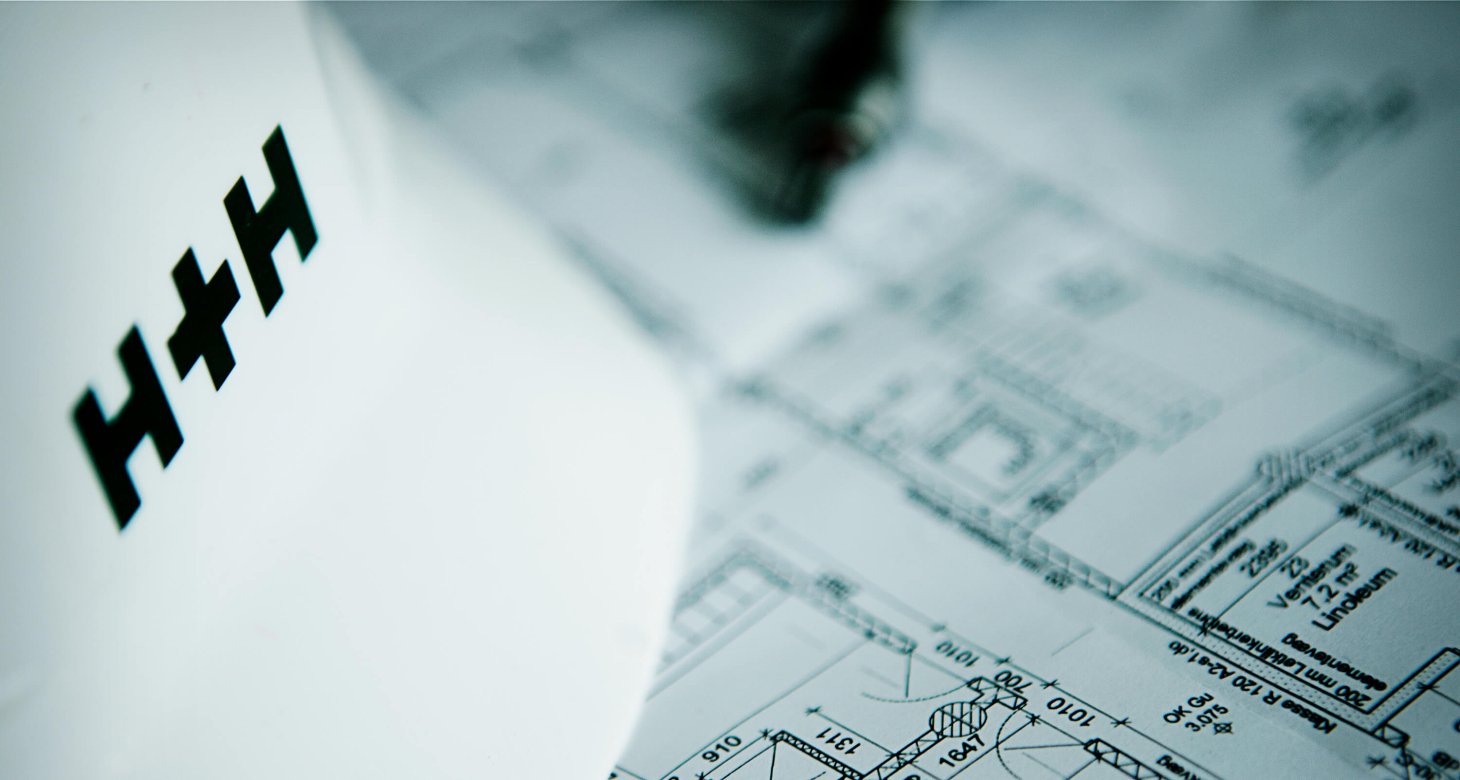
“It’s my belief for 2016 that we will continue to see the sustained growth in housebuilding that we have enjoyed since 2013.”
“I do see some difficulties ahead if planning and scheduling continues to be the thorn in the side of the construction industry.” – Mark Oliver, MD.
This time last year all the talk was about the possibility of a slowdown in the housing market. We had dragged ourselves out of the depth of the recession but commentators were predicting the recovery would be short lived.
Now, 12 months on we are continuing to see the growth that has been proving those commentators wrong. It’s my belief for 2016 that we will continue to see the sustained growth in housebuilding that we have enjoyed since 2013.
Industry forecasters are also expecting another year of similar growth in 2016 and although the Government would like to see significant increases in new housebuilding I believe that without radical plans, like building on green belt land or investing taxpayer’s money to build social homes, we won’t be seeing an increase of much more than 5% per annum on a sustained basis.
The demand for aircrete blocks is continuing to grow at a steady pace, driven by a combination of the strong recovery in housebuilding and the increasing popularity of aircrete. Aircrete seems to be the preferred fabric solution for the latest 2013 building regulations, which are now being adopted on most new housing starts.
So far, the demand for aircrete has largely been driven by the growth in housing starts. In common with many construction materials, demand for aircrete increased by 30% in 2013, followed by 5% in 2014 and I am expecting similar outturn growth this year. For 2016 I am expecting demand to accelerate and, as the RMI market gets busier, we could see overall growth of around 8%.
I do see some difficulties ahead if planning and scheduling continues to be the thorn in the side of the construction industry. This year we have been bombarded by the media commentary of a skills shortage affecting several levels of the industry including the supply chain.
Sites are continuing to be poor at predicting their needs from month to month meaning that suppliers are having to delay, reschedule and even cancel orders, often at short notice. Many manufacturers are now operating at levels above 95% of capacity which, when combined with poor forecasting, could result in some temporary periods of imbalance between the demand and supply of product.
As a manufacturer we have always been very transparent on the supply issue, as have several housebuilders who have already begun to secure their supply for 2016 and beyond.
I am positive about 2016 but believe that a shortage of labour and management skills continues to be a much bigger threat than any potential shortages of materials.